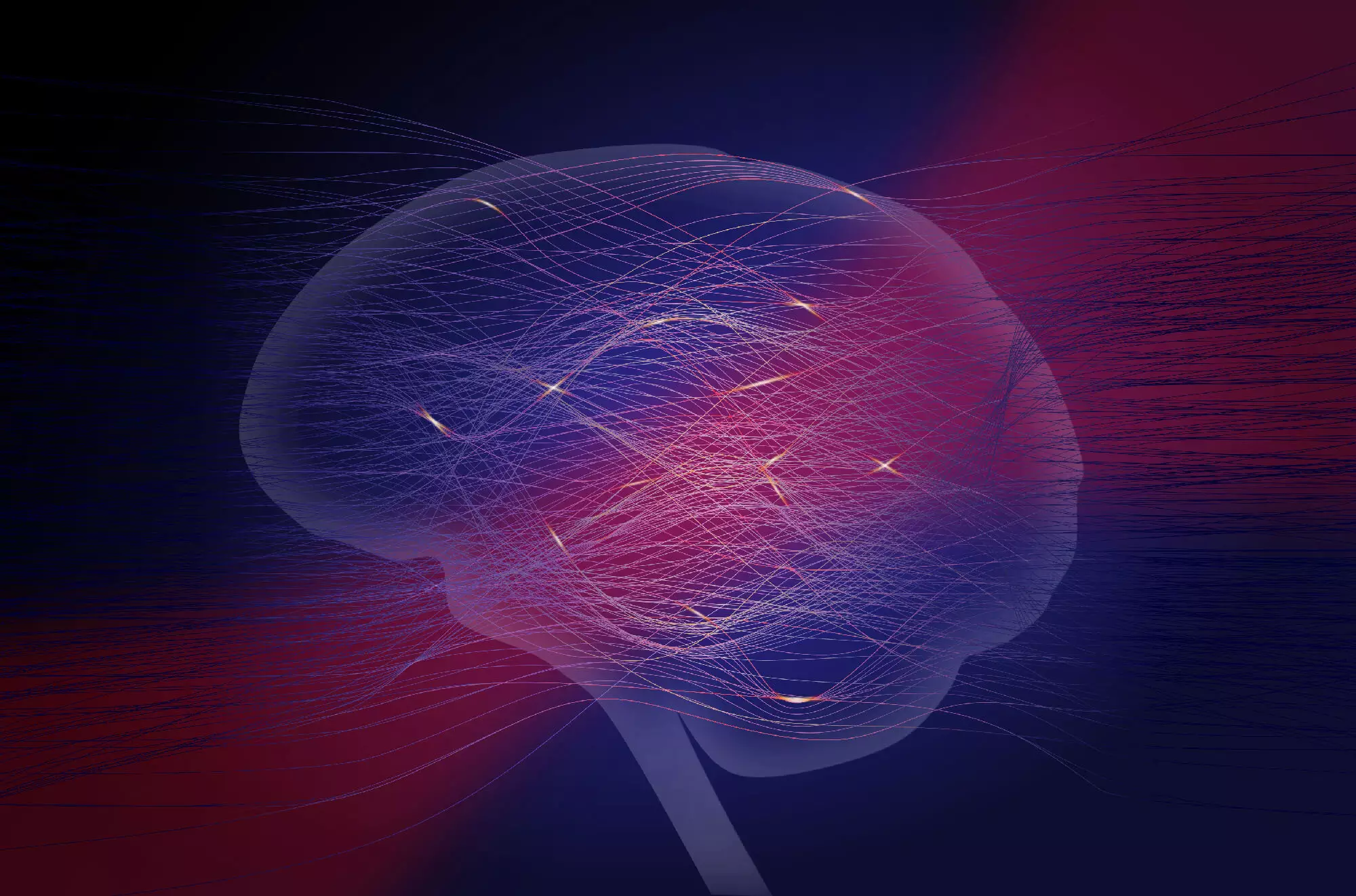The field of machine learning and artificial intelligence is rapidly expanding, with applications becoming more complex and demanding. However, the increasing size of neural networks has raised concerns about the sustainability of these technologies due to their growing energy consumption and training times. In response to these challenges, scientists at the Max Planck Institute for the Science of Light have proposed a new method for implementing neural networks using optical systems, offering a more energy-efficient and cost-effective alternative.
Neuromorphic computing aims to replace digital neural networks with physical neural networks that can perform mathematical operations more efficiently. Optics and photonics have emerged as promising platforms for neuromorphic computing, as they offer high speeds and minimal energy consumption. However, two significant challenges have hindered the progress of this technology: the requirement for high laser powers to perform complex computations and the lack of an efficient training method for physical neural networks.
Clara Wanjura and Florian Marquardt from the Max Planck Institute for the Science of Light have introduced a groundbreaking method for implementing neural networks with optical systems. Instead of imprinting data input on the light field, their approach involves changing the light transmission to process the input signal in a flexible and arbitrary manner. This innovative technique eliminates the need for high-power light fields and complex physical interactions, making the evaluation and training of physical neural networks straightforward and efficient.
By simply sending light through the system and observing the transmitted light, researchers can evaluate the output of the network and gather relevant information for training. This streamlined approach simplifies the training process and allows for accurate image classification tasks, comparable to digital neural networks. The authors’ simulations have demonstrated the effectiveness of their method, paving the way for future collaborations with experimental groups to implement their approach across different platforms.
The proposed method offers a versatile and accessible solution for implementing physical neural networks, opening up new possibilities for neuromorphic devices across a broad range of systems. The flexibility and efficiency of this approach significantly reduce the experimental requirements, enabling researchers to explore novel applications and accelerate the development of sustainable machine learning technologies.
Overall, the integration of neural networks with optical systems represents a significant step towards enhancing the sustainability and efficiency of machine learning. As researchers continue to refine and implement this innovative approach, the future of neuromorphic computing looks brighter than ever, offering a path towards more sustainable and scalable artificial intelligence systems.


Leave a Reply